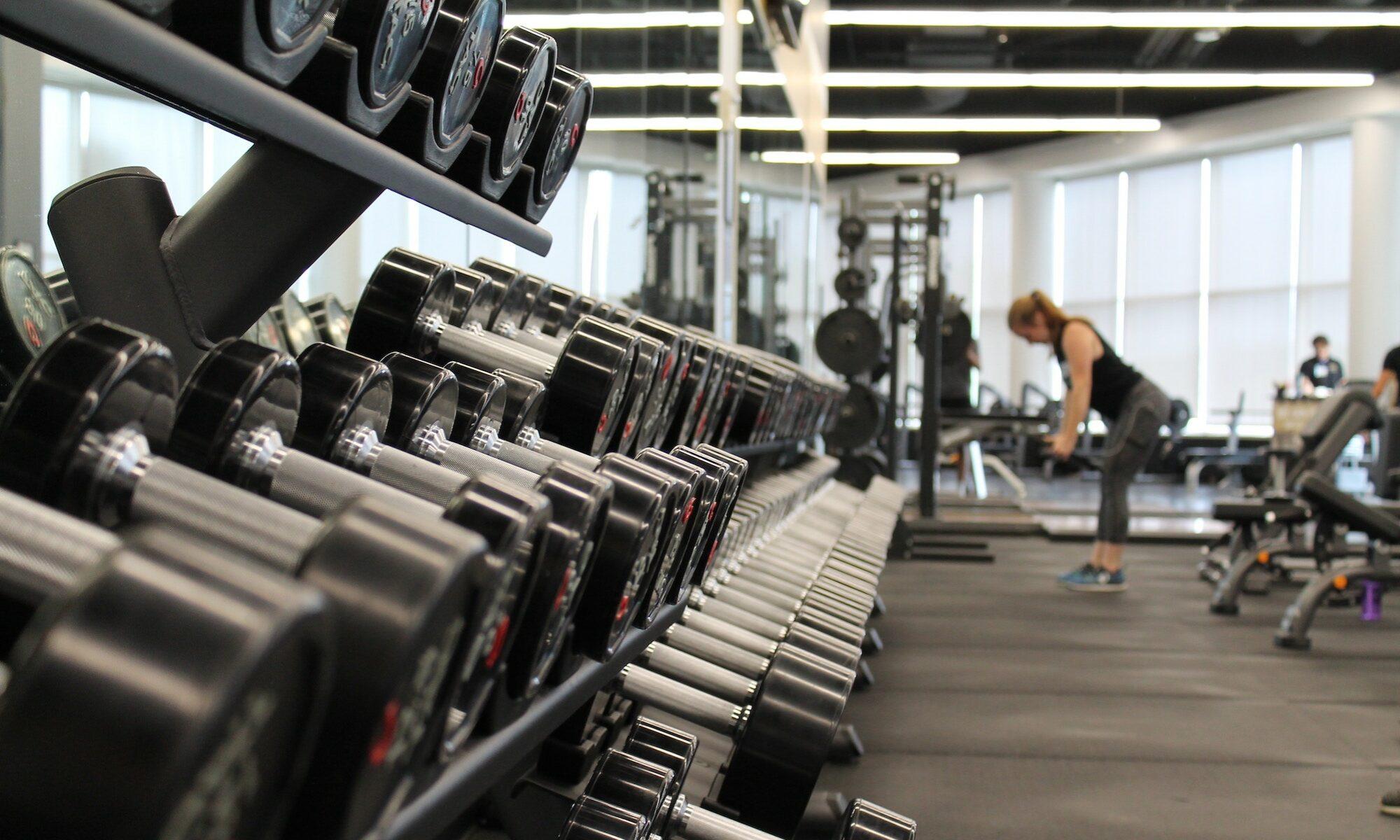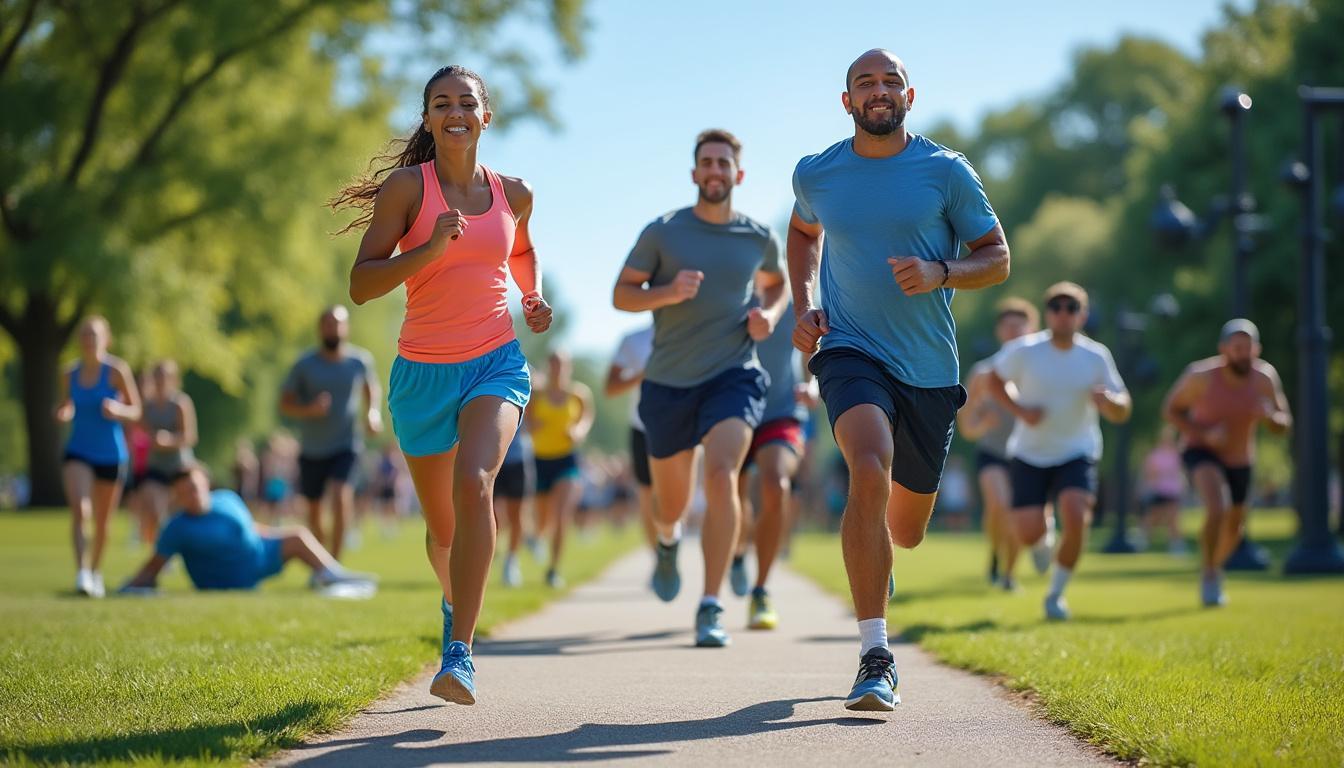The revival of the Presidential Fitness Test marks a pivotal moment in American education and youth health policy. Once a cornerstone of school programs since 1966, this fitness initiative aimed to inspire children toward healthier, more active lifestyles. Though discontinued during the Obama administration due to shifting priorities and criticism, President Trump’s recent executive order breathes new life into the program. As the nation continues wrestling with rising childhood obesity rates and sedentary habits fueled by digital lifestyles, the reinstatement of this test could signal a renewed commitment to fitness at an early age. With backing from major fitness brands like Nike, Adidas, and Fitbit, and an intention to modernize assessments, this move invites a fresh perspective on how youth health is measured and encouraged nationwide.
Understanding the History and Purpose behind the Presidential Fitness Test Revival
The Presidential Fitness Test, originally introduced in 1966, was designed to promote physical education by encouraging students across the country to engage in various athletic activities. This standardized fitness assessment required students to perform exercises such as running, sit-ups, pull-ups or push-ups, and flexibility tests, like the sit-and-reach. For decades, it served as an incentive for schools to prioritize physical well-being alongside academic achievement.
However, concerns about its relevance and fairness led to its discontinuation in 2012 during the Obama administration. Critics argued the test was outdated, sometimes discouraging children who struggled with certain exercises and failing to account for diversities in student abilities. Despite this, many parents and educators believed the test fostered a healthy competitive spirit and provided clear fitness goals.
By reinstating the test, the Trump administration aims to bring back a proven framework for youth fitness, emphasizing accountability and regular measurement. The increased focus on combating childhood obesity, which affects over 19% of US youth as recent studies show, adds urgency to this initiative. It’s expected that schools will now partner with brands like Reebok and Gymshark, integrating modern training equipment and fitness wearables to motivate students further. Fitness Warrior Nation’s article Assess and Enhance Fitness Levels offers deeper insights into how such programs can be leveraged to track and improve physical health.
To better understand the revitalization’s impact, here is a comparative table summarizing features of the original versus the revived fitness test:
| Feature | Original Presidential Fitness Test | Revived Presidential Fitness Test (2025) |
|---|---|---|
| Key Purpose | Promote basic fitness benchmarks in schools | Encourage holistic fitness and health awareness |
| Assessment Focus | Running, sit-ups, pull-ups, sit-and-reach | Running, bodyweight exercises, wearable tech tracking |
| Inclusivity | Limited provisions for diverse ability levels | Adapted standards recognizing individual fitness profiles |
| Technology Integration | Minimal (manual timing and counting) | Utilizes Fitbit and Peloton devices for data accuracy |
| Partnerships | Schools and physical educators | Schools, fitness brands (Under Armour, LifeAID), digital platforms |
This modernization suggests a promising pathway to reengage American youth in fitness through motivation paired with technological insights.
The Role of Modern Fitness Technology in Enhancing the Presidential Fitness Test Experience
The 2025 revival of the Presidential Fitness Test comes at a time when fitness technology has become more accessible and sophisticated than ever. With wearables like Fitbit and integrated smart systems from brands such as Peloton, children and educators alike can track progress in real-time, making fitness assessment more accurate and personalized.
This technological evolution enables detailed analysis of physical activity, including heart rate monitoring, precise step counts, and exertion levels during exercises. These insights help identify individual strengths and areas needing improvement, which aligns perfectly with contemporary fitness approaches that favor personalized regimens over one-size-fits-all tests.
Schools adopting this modern test setup will likely partner with tech-forward companies such as Bodybuilding.com and Darebee to provide students with tailored workout programs post-assessment. These platforms offer extensive exercise libraries suited for all ages and fitness levels, fostering continuous motivation and skill development beyond the test.
Here’s a list emphasizing how tech integration benefits the renewed fitness test:
- Objective measurements: Automated timing and reps count eliminate human error.
- Motivational feedback: Real-time stats encourage students to beat personal bests.
- Health tracking: Wearables monitor cardiovascular health and recovery rates.
- Personalized plans: Data-driven workouts maximize individual development.
- Parental involvement: Apps allow parents to monitor progress and support efforts.
Schools preparing to implement this program might look to case studies like Japan’s fitness culture, which has increased life expectancy driven by early fitness education, as explored in Japanese Fitness Boost Life Expectancy. This international insight reinforces the value of combining traditional assessments with modern analytics.
| Technology in Fitness Testing | Benefit to Students | Impact on Educators | Example Products |
|---|---|---|---|
| Wearable Heart Rate Monitors | Track exertion levels during exercises | Provide data for targeted coach interventions | Fitbit Charge, Garmin Kids |
| Smart Treadmills and Bikes | Measure endurance and stamina accurately | Allow remote monitoring and challenge creations | Peloton Tread, NordicTrack |
| Fitness Apps and Platforms | Offer customized workout plans and video guidance | Enhance engagement through digital rewards and progress tracking | Bodybuilding.com, Darebee |
How Brands Like Nike and Adidas Influence the Fitness Movement in Schools
Major global fitness and athletic brands have long played a foundational role in shaping workout culture and inspiring active lifestyles. With the Presidential Fitness Test’s return, companies such as Nike, Adidas, Under Armour, and Reebok are poised to take an even more influential role by supporting and promoting school fitness initiatives.
These brands contribute in multiple ways:
- Product Sponsorships: Supplying schools with high-quality athletic apparel and footwear designed for youth comfort and performance.
- Funding Community Programs: Initiating grants and partnerships that create sustainable fitness education environments.
- Health Campaigns: Launching campaigns that raise awareness among schoolchildren and parents about the importance of regular physical activity.
- Integrating Technology: Collaborating with fitness trackers and wearable manufacturers for better health monitoring.
- Hosting Fitness Challenges: Bringing competitive and fun events that stimulate student engagement and motivation.
For example, Nike’s “Move to Zero” initiative focuses on sustainability and children’s health, integrating advanced materials in youth sneakers to combine comfort, endurance, and eco-consciousness. Adidas recently launched a youth campaign emphasizing daily step goals, leveraging Fitbit data to customize challenges based on age groups. Such initiatives combine seamlessly with the values behind the fitness test revival.
Below is a summary table outlining brand activities linked to the fitness test’s revival:
| Brand | Type of Involvement | Benefit to Schools | Ongoing Programs in 2025 |
|---|---|---|---|
| Nike | Apparel, Athletic Shoes, Campaigns | Enhanced performance gear, youth engagement | Move to Zero Kids Campaign |
| Adidas | Fitness Trackers, Step Challenges | Personalized fitness challenges via Fitbit collaboration | Step Forward Youth Initiative |
| Under Armour | Smart Apparel, Training Programs | Performance tech wearables for schools | UA School Fitness Drive |
| Reebok | Youth Fitness Sponsorships | Community sports funding | FutureFit Youth Sports Fund |
Engaging with these brand partnerships will likely amplify the reach and effectiveness of the Presidential Fitness Test, bolstering student enthusiasm and encouraging lifelong habits.
Addressing Current Challenges: Fitness Disparities and Motivation in American Youth
While the return of the Presidential Fitness Test signifies proactive public health intervention, it must address persistent challenges. Socioeconomic disparities, access to facilities, and varying motivational levels make uniform success difficult. Many children still face hurdles in participating fully in physical education due to lack of resources or support.
To combat these issues, schools and communities are encouraged to employ a multi-layered approach:
- Inclusive Programming: Offering adaptive fitness assessments that consider disabilities and diverse talents, ensuring every child feels capable and included.
- Resource Allocation: Partnering with organizations like LifeAID to provide nutritional support and fitness gear to underprivileged schools.
- Engagement through Gamification: Using apps from Bodybuilding.com and fitness challenges promoted by Gymshark to inspire participation and cultivate a sense of achievement.
- Family and Community Involvement: Encouraging parents to set active examples and involve children regularly, visible in families following fitness regimens such as those shared by stars like Shweta Tiwari (Shweta Tiwari Fitness Regimen).
- Continuous Education: Providing science-backed fitness tips for kids, easily digestible to develop an understanding of health’s importance over mere performance metrics (Science-Backed Fitness Tips).
Schools implementing these measures can create environments where fitness testing motivates rather than intimidates. The key is supporting students holistically.
| Challenge | Impact on Youth Fitness | Proposed Solutions | Supporting Organizations/Brands |
|---|---|---|---|
| Socioeconomic Barriers | Limited access to gear and facilities | Donations, grants, LifeAID nutrition programs | LifeAID, Reebok |
| Motivational Gaps | Lack of engagement, low participation | Gamified apps, fitness challenges | Gymshark, Bodybuilding.com |
| Diverse Abilities | Physical limitations impact performance | Adaptive fitness testing options | Local education boards, health professionals |
| Parental Support | Insufficient role models at home | Community outreach, fitness education | Shweta Tiwari campaigns, local community programs |
Future Directions: Expanding the Impact of the Presidential Fitness Test Nationwide
The relaunching of the Presidential Fitness Test represents not just a return to an old tradition, but an exciting opportunity to innovate youth fitness culture in the United States. Looking ahead, the program is poised to evolve through several promising developments.
Potential growth strategies include:
- School Partnerships with Fitness Studios: Collaborations with gyms such as Planet Fitness, which has seen substantial growth and success, can introduce students to organized training environments early (Planet Fitness Growth Success).
- Integrating Virtual and Augmented Reality Fitness: Using emerging technologies to simulate immersive fitness challenges that appeal to tech-savvy kids.
- Expanding Assessment Criteria: Introducing mental wellness and nutrition evaluations alongside physical fitness to encourage comprehensive well-being.
- National Competitions and Awards: Recognizing top performers and schools, with rewards supplied by major sportswear companies to celebrate progress.
- Data-Driven Policy Advocacy: Utilizing test results to inform public health policies, helping direct funding and support where most needed.
These initiatives could be supported by extensive research and athlete endorsements, much like the insights provided by seasoned professionals and celebrities such as Suniel Shetty, who champion fitness for all ages (Suniel Shetty Fitness Insights).
| Future Initiative | Expected Outcome | Potential Partners | Implementation Timeline |
|---|---|---|---|
| Virtual and Augmented Reality Fitness | Enhanced engagement and participation | Tech companies, Peloton, Gymshark | Next 3 years |
| Mental and Nutritional Assessment Integration | Holistic student health improvements | Nutritionists, LifeAID | Within 2 years |
| National Fitness Competitions | Increased motivation and recognition | Nike, Adidas, Reebok | Annually starting 2026 |
| Research-Based Policy Making | More effective resource allocation | Government, Fitness Warrior Nation | Ongoing |


